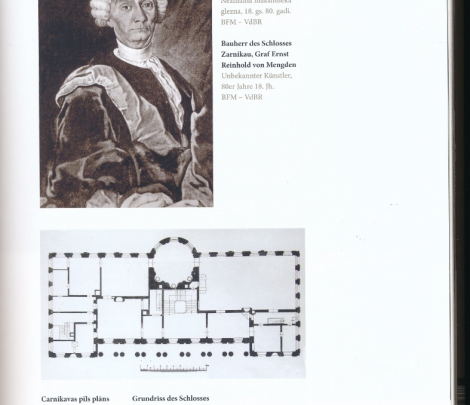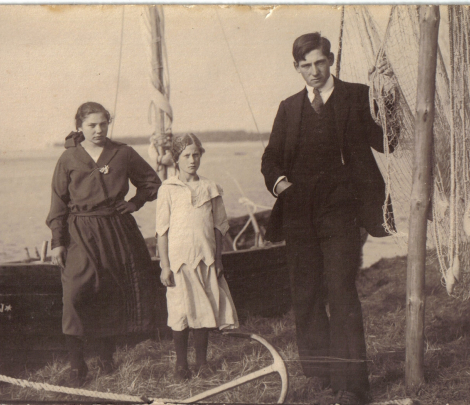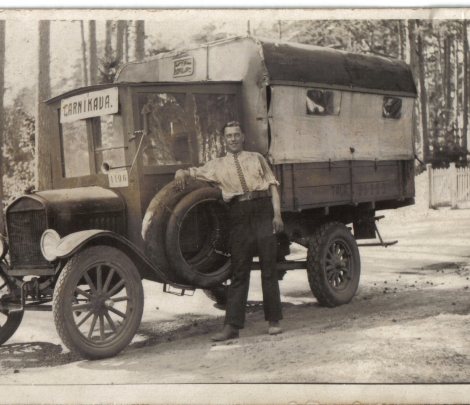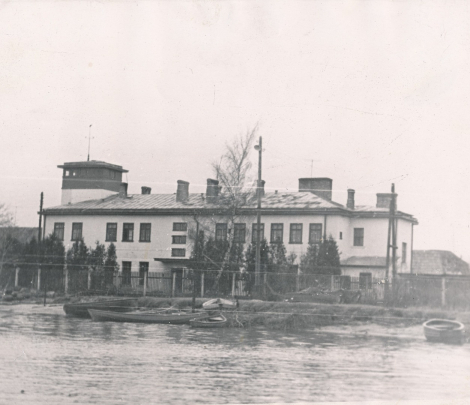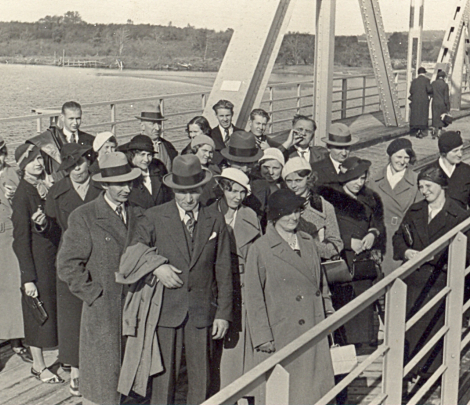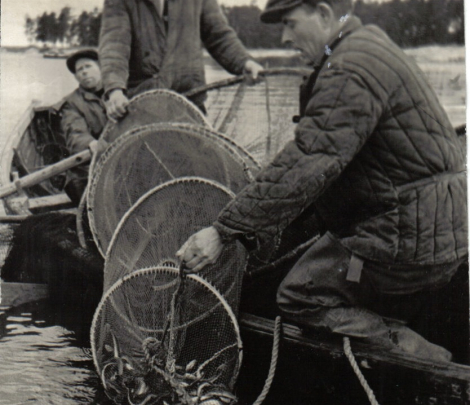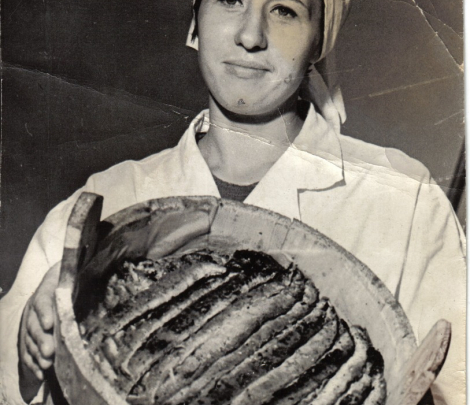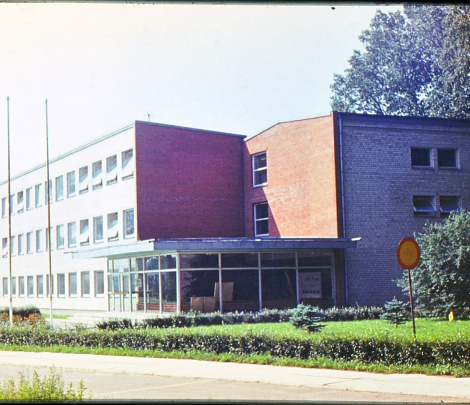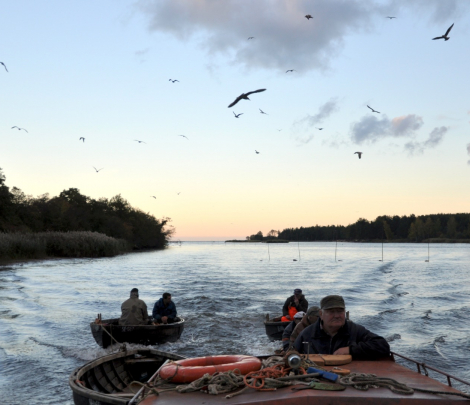Brief Overview
Carnikava, Sernikon, Zarnikof, Zarnikau... Hailed throughout the times by Livonians, Germans, Swedes, Poles and Russians, the name has been written down in many forms. The sea and the Gauja, along the banks of which Carnikava was founded and grew, offered its inhabitants both livelihoods and misfortune. Disastrous floods which often altered the flow of the Gauja, traveling dunes that buried forests and homes – these experiences awaited those who settled in the beautiful area by the mouth of the Gauja River at Riga Gulf. But they did not give up.
There were times when the name Carnikava was known far and wide. The Carnikava Manor Palace, built during the time of Count Ernst Reinhold von Mengden (1726 – 1798), was well renowned. Contemporaries referred to it as the most magnificent palace in Vidzeme. The manor received its income from lamprey and salmon fishing, purebred horse breeding and cow herding, although it somewhat declined due to later changes in ownership. Economic activity resurged after the manor was bought by manufacturer Heinrich Gögginger in 1906. In addition to fishing and dairy farming, he also developed the production of canned fish and worked on plans to transform Carnikava into a state-of-the-art resort, focusing on the advantages brought by the railway line project started by the government of the Russian Empire, of which Carnikava was a part then. These plans collapsed due to the outbreak of the First World War. Also, near the end of the war – in 1917 – the palace and other buildings of Carnikava Manor were burned down. Today, the sole surviving remnants of past glory are a few column capitals (one of them is currently on display in Carnikava Park as a 1680s state-protected art monument) and two marble lions, which now guard the entry to the New Cēsis Castle.
After Latvia gained independence in 1918 and after the War of Independence, the development of economic and cultural activities during the interwar period was fueled by the activities of individual fishermen and of the Carnikava Fish Industry Society. Instead of horse carts and boats, now people could travel to Riga by bus and, since 1933, by train. Tourism grew, and special ‘Lamprey Trains’ ran to Carnikava during the autumn. Locals introduced visitors to the catching and processing of lampreys, and held cooked lamprey tasting sessions. These events are considered to be the predecessors of today’s Lamprey Festival. Sadly, this was all interrupted by yet another setback, as the Soviet and Nazi occupations of Latvia and World War II dispersed and claimed the lives of many of Carnikava’s inhabitants, shut down economic growth and ground the well-established cultural activities to a halt.
But it is not in vain that the character of Carnikava’s fishermen has been hardened by their life along the sea. The local collective farm (kolkhoz), established under orders “from above” (the Soviet government), soon became one of the most prosperous kolkhozes of Soviet Latvia. The Carnikava Fishing Artel experienced its highest growth in the 1970s. Its fishermen worked on the Gauja, the Baltic Sea and the Atlantic Ocean; cooked lamprey and other canned fish from its fish factory were in-demand in Moscow and Leningrad (now St. Petersburg); and flowers grown by the local gardening company were proudly on display in many shop windows. A new school, a kindergarten, department store, post office and apartment buildings were built in Carnikava. To protect the village from flooding, a protective dam was built along the Gauja. The cottages of fishermen grew like mushrooms as well as a way to circumvent the strict Soviet-era living space limitations.
The 1990s in Carnikava were symbolized not only by the restoration of the independence of Latvia, but also the establishment of administrative self-determination. In 1992 the Carnikava Parish split from Ādaži Parish, and after the 2009 administrative reform it became the Carnikava Municipality.
The municipality is located on the Vidzeme Coast of the Riga Gulf, stretching from Kalngale to Lilaste. A fifth of its territory is a part of the Piejūra Nature Park and is rich in beaches, dunes, forests and lakes. The mouth of the Gauja, the most beautiful river of Latvia, is one of the few estuaries of the nation’s large rivers, which is free of buildings, as well as a special place, where you can watch the river and sea meet.
